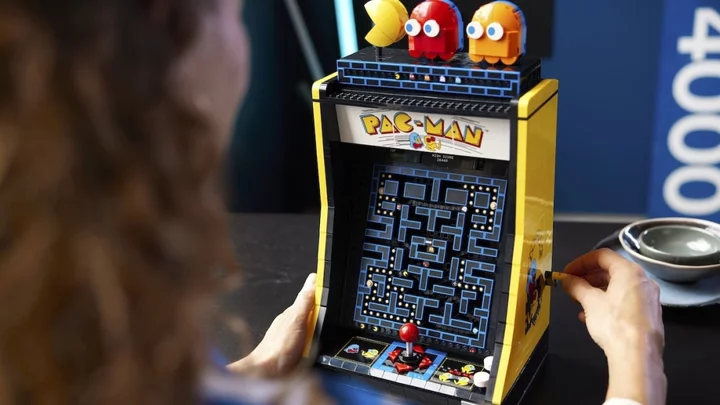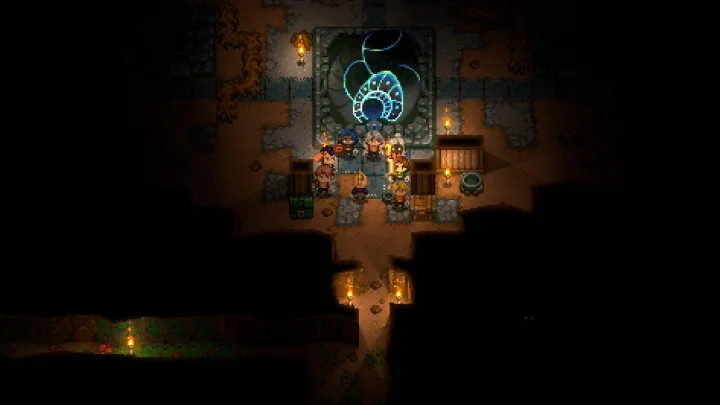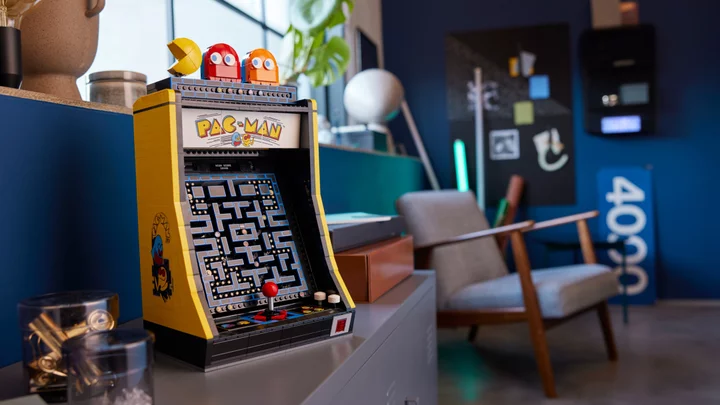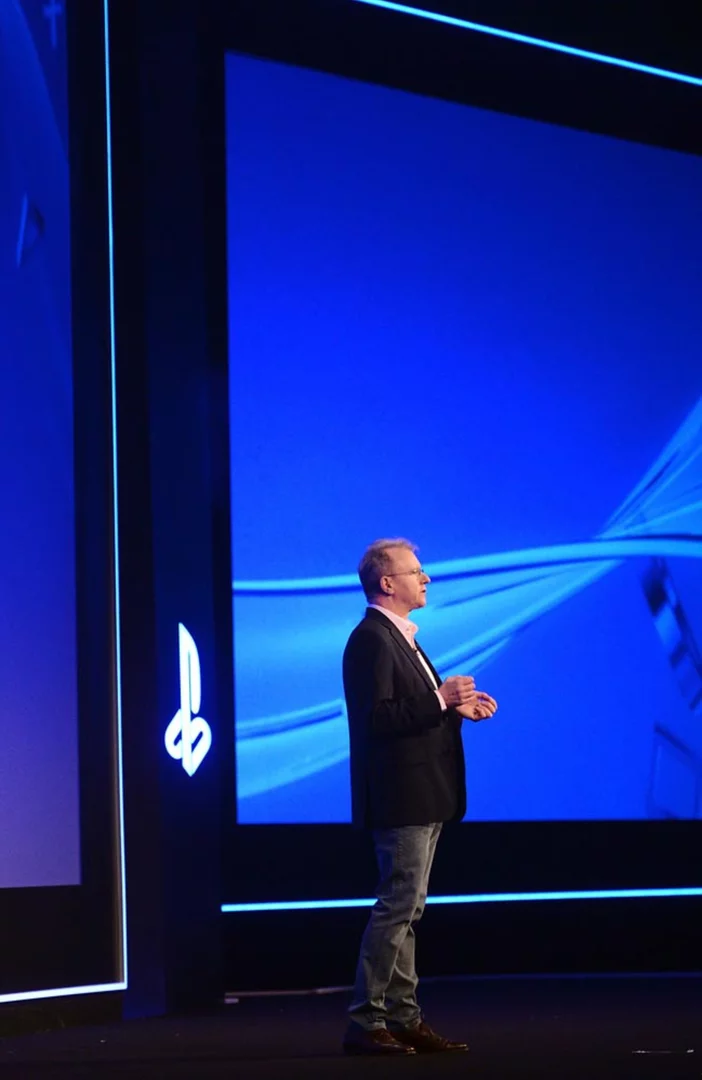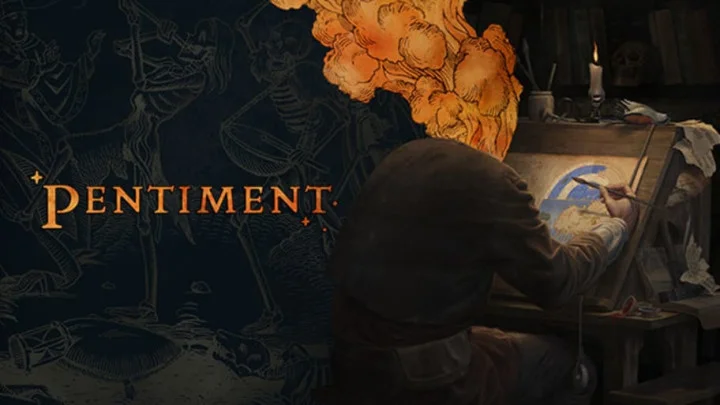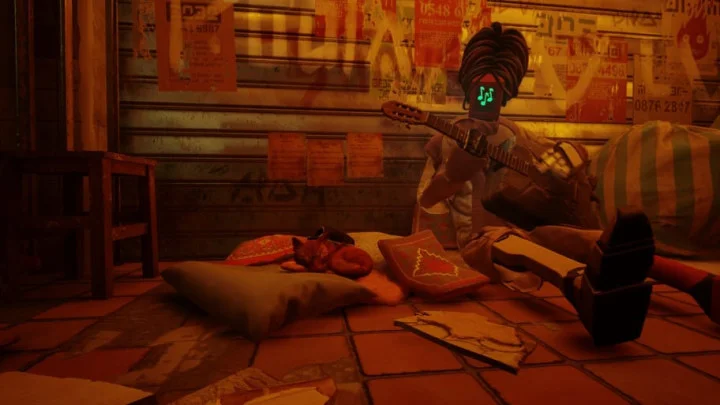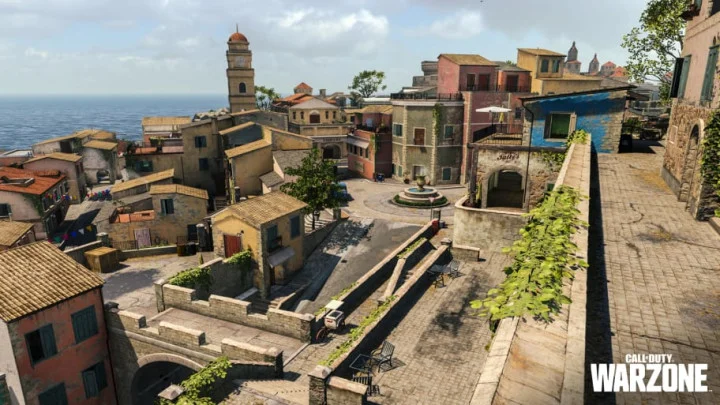Lego is celebrating the 43rd anniversary of Pac-Man with a new nostalgic set based on the 1980s arcade classic.
Released in Japan on May 22, 1980, the video game has cemented its place in pop culture through TV shows, movies, music, spin-offs, and more. Now it's getting the plastic-brick treatment. The $269.99 Pac-Man Arcade set hits online and in-store shelves on June 4; Lego VIP members can snag a set three days early, from June 1.
Based on real 1980s arcade game cabinets, the finished model stands 12.5 by 10 by 7 inches (HWD) and features 2,650 pieces—including an illuminated coin slot (no money required) and hand-crank-operated mechanical maze.
This version of the legendary dot-munching game also comes with rotating brick display replicas of Pac-Man, Blinky, and Clyde, and a small (very meta) vignette of a minifigure playing an arcade Pac-Man hidden inside the cabinet.
"A cultural icon for the past 40 years, it was a delight to bring Pac-Man to brick life," according to Lego designer Sven Franic. "Our team of talented designers worked tirelessly to capture the essence of the beloved Pac-Man arcade machine in brick form, from Pac-Man himself to the colorful, maze-like environment he inhabits.
"Every detail was carefully considered and crafted, resulting in a one-of-a-kind Lego creation that captures the magic of the original game while adding a playful new twist and a couple of Easter eggs—in true video game style," Franic said. "We are thrilled to share this incredible build with the world and cannot wait to see the joy it brings to fans of all ages."
The new Pac-Man joins Lego's growing library of video game collabs, next to the Nintendo Entertainment System and Atari 2600, not to mention a slew of Super Mario-themed sets and characters.
"Bandai Namco and the Lego Group share a lot of common values, notably aiming at providing fun for all people through quality products," said Aadil Tayouga, director of licensing and business strategy at Bandai Namco Europe. "In addition to these values, since Pac-Man yellow was actually inspired by the Lego Group yellow, it made the connection even more natural."
Jerry Lawson: The Hidden Figure of Video Games
